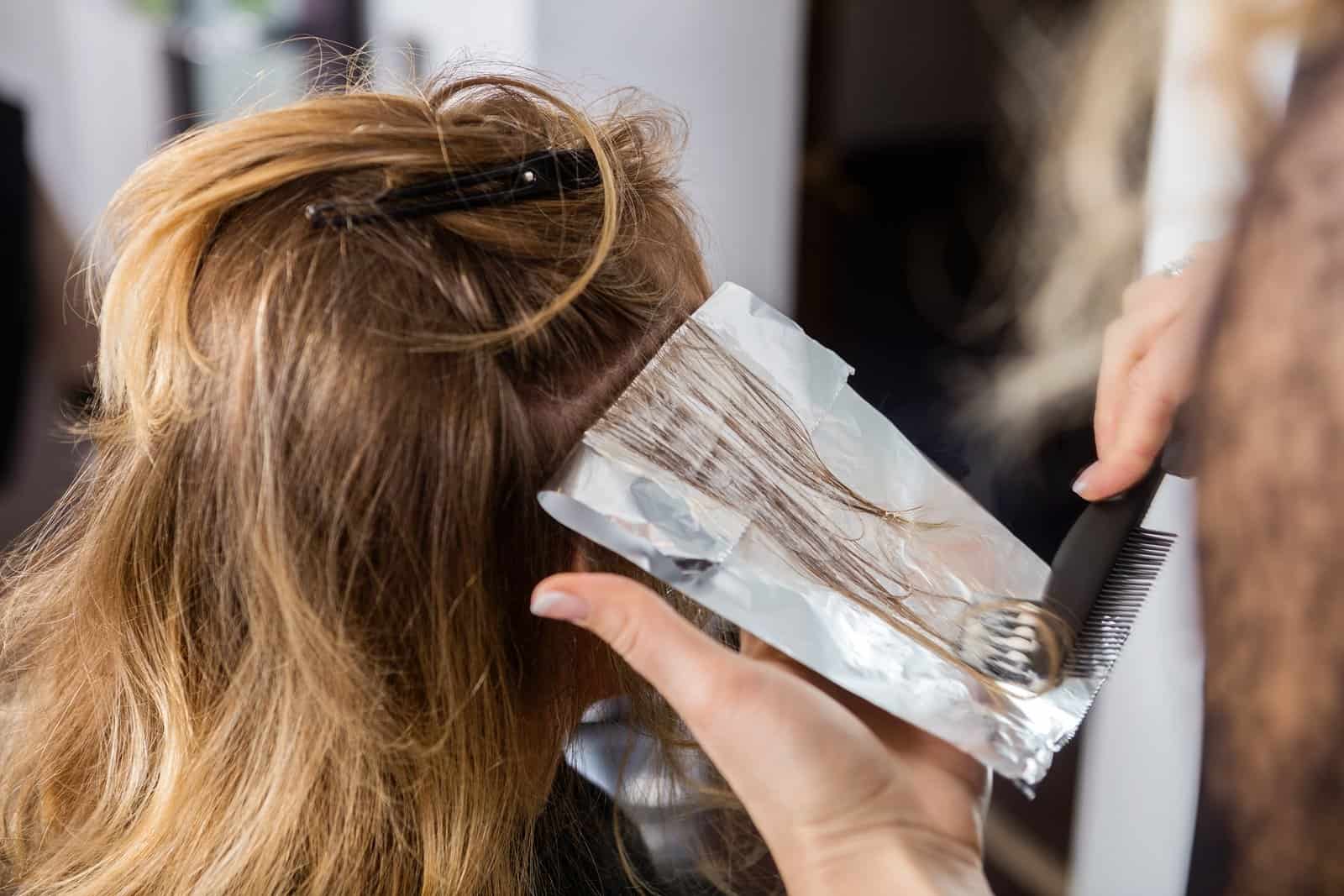Keratin treatments have become increasingly popular for those seeking sleek, smooth, and frizz-free hair. However, once one has undergone such a procedure, a common query arises: can you color your hair afterward? This article delves into the intricacies of this question, exploring various aspects including timing, types of hair color, and the effects of chemical processes on treated hair strands.
To set the stage, it is essential to understand what a keratin treatment entails. Typically, this procedure involves applying a keratin-infused solution that coats the hair shaft, helping to reduce frizz and enhance shine. While the results are undeniably stunning, keratin treatments also create a barrier that can affect how color interacts with the hair. Therefore, timing and care are paramount when considering coloring options following treatment.
One of the most critical factors to consider is the waiting period post-treatment. Experts generally recommend waiting at least two weeks after having a keratin treatment before applying hair color. This interval allows the keratin to fully bond with the hair and ensures that the treatment’s benefits remain intact. Color applied too soon can lead to uneven results, as it may lift the keratin and reduce the longevity of both the color and the treatment. In addition, the hair may not absorb the dye as effectively while the treatment is still settling in.
When it comes to the type of hair color, there are several options available, each catering to specific needs and expectations. Temporary hair colors are often the least damaging and are a suitable choice for those who wish to experiment without a long-term commitment. These dyes sit on the hair’s surface and typically wash out within a few shampoos. They can provide a fun pop of color and allow for creative expression without significantly disturbing the keratin treatment.
For those looking for more longevity, semi-permanent dyes can be a good option. These colors penetrate the hair shaft more than temporary dyes but are still less damaging than permanent options. They generally last a bit longer, usually around four to six weeks. As such, it is crucial to choose color lines formulated specifically for use on treated hair, as these products are often gentler and less likely to interfere with the keratin.
Permanent hair color, however, is where caution must prevail. While it offers the most durable results, the chemicals involved—such as ammonia and peroxide—can be harsh, particularly on strands that have already undergone keratin treatment. This aggressive interaction can lead to damage, resulting in brittleness or a compromised texture. If opting for permanent color, consider consulting with a professional stylist who is experienced in working with keratin-treated hair. They can tailor the application technique and formulate the best approach that minimizes harm while achieving vibrant results.
In addition, understanding the potential for color fading is crucial. Keratin treatments often come with a smoothing agent that can impact how color deposits in the hair. For instance, some individuals may notice that their color appears more muted or washes out quicker than anticipated. This effect is often attributed to the barrier created by the keratin, which can prevent the color from fully settling into the hair. To combat this, using sulfate-free shampoos and conditioners designed for colored hair is vital. These products can help extend the life of both the keratin treatment and the hair color.
After a keratin treatment, maintaining the health and integrity of your hair becomes increasingly essential, particularly when coloring. It is advisable to prioritize hydration and nourishment. Deep conditioning masks can replenish moisture levels, while natural oils, such as argan or coconut, can enhance shine and prevent dryness. Moreover, incorporating regular trims into your hair care routine can help eliminate split ends and promote overall vitality.
Lastly, clear communication with your hairstylist is paramount. Every individual’s hair is unique, influenced by factors such as texture, current color, and overall health. A knowledgeable stylist can assess your hair’s condition and recommend the most appropriate coloring procedure and products. Moreover, they can craft a customized regimen that involves both keratin maintenance and coloring, ensuring your hair looks and feels its best.
In conclusion, while coloring hair after a keratin treatment is feasible, it requires careful consideration and planning. Allowing adequate time, selecting the right type of dye, and working with a skilled stylist can help you navigate this journey successfully. Emphasizing hair health throughout the process cannot be overstated, as it guarantees not only beautiful color but also the preservation of the smooth, frizz-free allure that keratin treatments provide. Thus, with the right approach, you can revel in vibrant hues while still embracing the luxurious qualities imparted by your keratin treatment.
